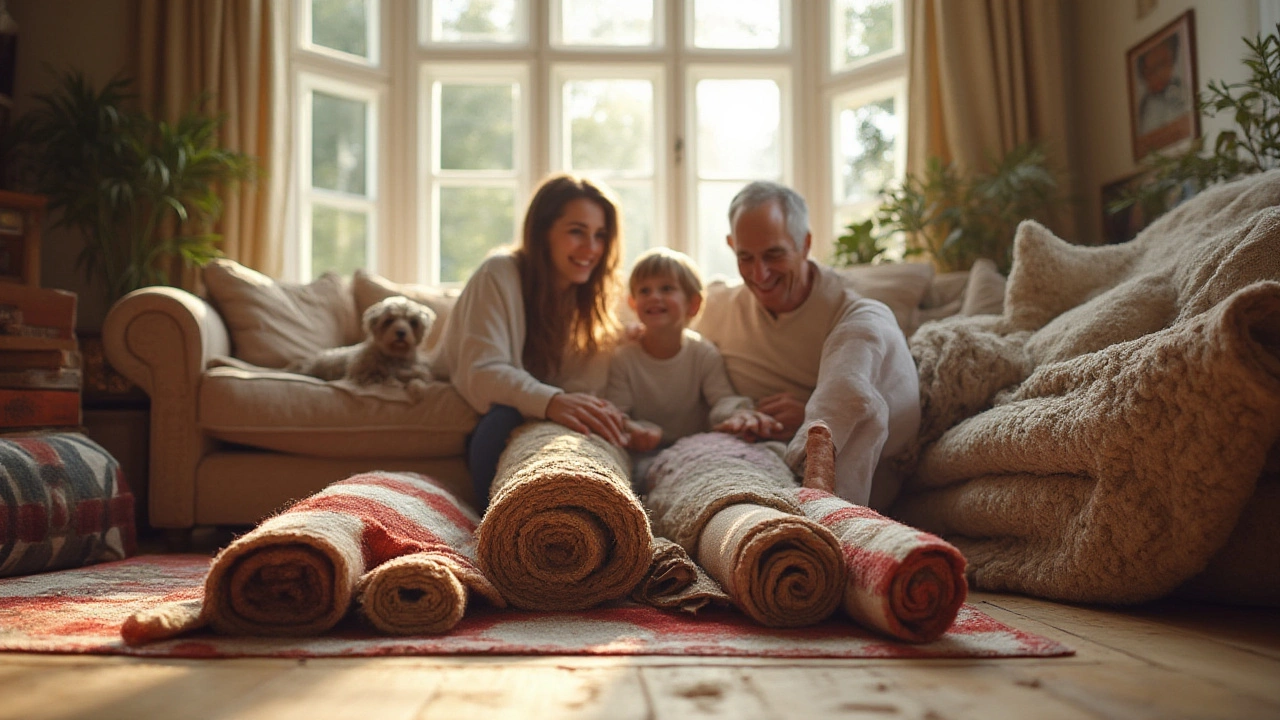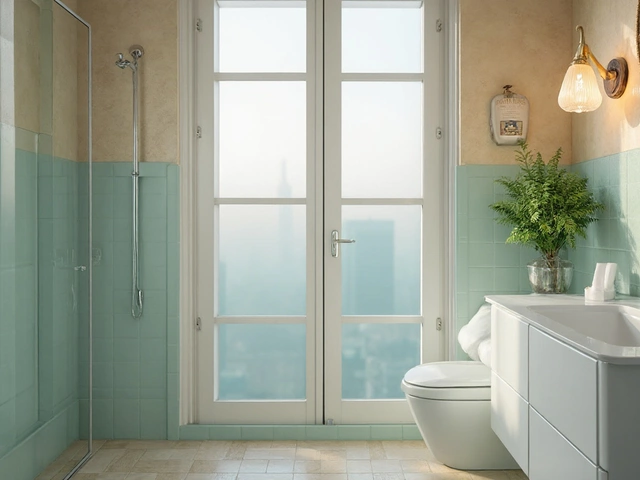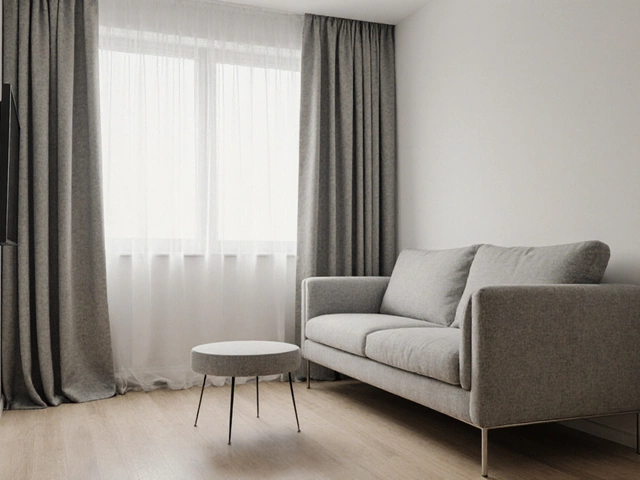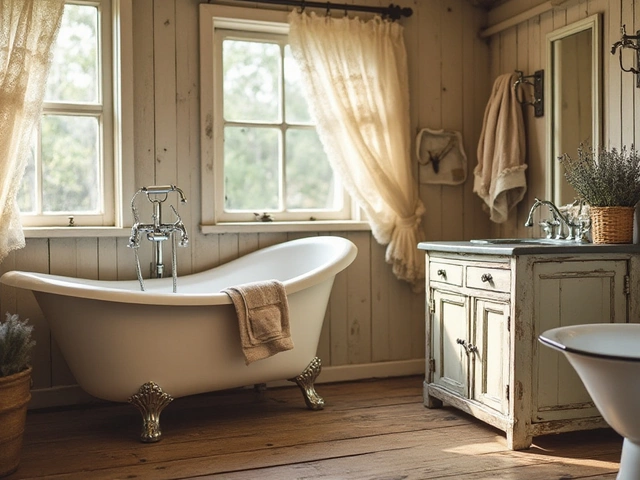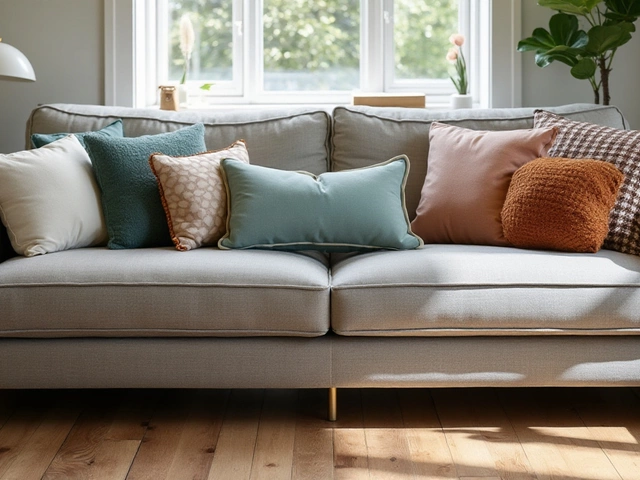Spilled coffee. Muddy shoes. Wild sprints from Whiskers at midnight. Bare floors take a beating, but good rugs? They’re soldiers. The dream is simple: lay down a rug, love how it looks, and barely think about wear—except maybe to brag when it still looks new after everyone else’s is threadbare. Which rugs actually earn that right?
The Science of Rug Durability: What Really Lasts?
Let’s get the truth out early: not all rug fibers stand up to the onslaught of daily life. Some might feel cloud-soft but turn scraggly in a year, while others seem to soak up stains just by being glanced at. If your home is anything like mine (cat included, thanks Whiskers), you want a rug that sneers at trouble.
Certain fibers are repeatedly shown to last far longer—think decades, not just months. Wool tops the list in the natural world. It’s resilient, resists flattening, and, surprisingly, doesn’t soak up stains as fast as you’d expect. The protein structure in wool is naturally springy. That means it bounces back, even after years of foot traffic, furniture, and pets using it for zoomies. A 2021 study by the Carpet and Rug Institute found that high-quality wool area rugs retained their shape and pile twice as long as common synthetic mats used in similar homes.
But what about synthetics? Nylon takes the crown there. In lab tests and real homes, nylon rugs withstand abrasion, endure sunlight, and shrug off most stains. Polypropylene is up next—budget friendly, less prone to fading, and ideal where spills are a daily occurrence.
Cotton and jute can look gorgeous, but they’re better for quieter spaces. They break down faster, absorb moisture quickly, and fray if not pampered.
Check out durability comparisons for common rug fibers:
| Fiber | Average Lifespan (Home Use) | Stain Resistance | Fade Resistance |
|---|---|---|---|
| Wool | 15+ years | Very Good | Excellent |
| Nylon | 10-15 years | Excellent | Very Good |
| Polypropylene | 7-10 years | Good | Excellent |
| Cotton | 3-5 years | Fair | Poor |
| Jute/Sisal | 4-6 years | Poor | Fair |
Want something nearly indestructible? Look for hand-knotted wool rugs. They’re the gold standard. The denser and tighter the knots, the better the rug stands up to, well, life.
How Construction Methods Affect Longevity
Most folks eye the fiber and forget how much the construction changes everything. For the tough crowd, it’s all about hand-knotted or machine-woven rugs. Why? These techniques mean each thread is securely fastened, resisting unraveling and sagging. Hand-knotted rugs are literally made by tying knots—sometimes hundreds of thousands per square meter. These take huge effort to make, and yes, they cost more. But you know what? The rug you buy today could outlive your fridge. Generations even.
Compare that to tufted rugs. These use glue and fabric backings. The surface can look plush at first, but the pretty face hides a soft underbelly: the glue breaks down, loops pull out, and pets (especially cats with a wild streak, right Whiskers?) love to test those weaknesses. Looped rugs in general can snag and pull with time.
Machine-woven (especially power-loomed) rugs are solid for bigger spaces and smaller budgets. Their fibers are woven tightly, backing is stable, and they remain presentable way past their price point’s rivals. Just check for heavier weights and denser piles—thin ones can pancake after a single couch shuffle.
Backings matter too. Stay away from latex backings in humid rooms—moisture gets trapped and can make the rug brittle. Natural backings like cotton breathe a little better.

Lifestyle Matchmaking: Finding the Right Rug for Your Needs
Do you want something the dog can nap on guilt-free, or a rug worthy of a magazine shoot that hosts one fancy dinner party a year? High-traffic homes (kids, pets, game nights with snacks galore) just can’t make do with delicate weaves.
If spills are a daily drama, synthetic blends are your best bet. Polypropylene resists most stains, dries quickly (so handy after rainy walks), and doesn’t mind shoes. For families with allergies or asthma, tightly woven wool can actually trap dust—vacuum weekly, and your air feels fresher, too. The wool scales make it more difficult for dirt to deeply embed.
- Durable rugs should have at least 500,000 knots per square meter (if hand-knotted) or a face weight of 40+ ounces per yard (if machine-woven). Ask for these numbers!
- Go for darker patterns for busy spaces; intricate designs hide stains masterfully.
- Rotate your rug every few months if it sits in direct sunlight—that way, fading happens evenly.
- Underlay or rug pads can add years to any rug’s life by preventing slip, cushioning steps, and reducing wear.
I love a Persian-style pattern in my living room because Whiskers’ fur basically disappears. Who needs a handheld vacuum?
Care and Cleaning for Maximum Rug Lifespan
If you want your rug to last as long as your mortgage, forget „set and forget‟. Regular care makes a world of difference, no matter how bulletproof the rug claims to be.
Vacuuming is the simplest step, but don’t blast away with the beater bar unless the rug is ultra-robust. Suction only for older, delicate or handmade pieces. Blot spills immediately—never, ever rub. For wool, a diluted mix of vinegar and water (or any neutral-pH cleaner) is safer than harsh chemicals.
Professional cleaning pays off. Wool rugs can handle a deep clean every 12-18 months, but synthetics like polypropylene might need it sooner, especially if you have kids under five or a pet parade. Many rug professionals use special low-moisture methods to protect the backing and avoid over-wetting.
Flip flatweaves and low-pile rugs every few months to even out wear. If you ever spot random loose threads, snip them flush—don’t tug, or you’ll end up with a run. And if there’s ever a super stubborn stain, most cities have at least one “rug spa” where decades-old carpets come out looking brand new.
Here’s a quick cheat sheet for everyday care:
- Vacuum weekly, using suction only for delicate rugs
- Blot (don’t rub) any spill fast with a clean cloth
- Deep clean at least once a year
- Rotate every 3-6 months for even fading and wear
- Use a rug pad—always
- Avoid wet shoes; indoor-only slippers help, too
Don’t believe the myth that wool is high-maintenance. It naturally repels dirt better than cotton or jute. Years ago, a Good Housekeeping test spilled coffee and wine on several rug samples: wool cleaned up with almost no staining, while cotton held on stubbornly.
"Wool remains the undisputed champion for long-lasting performance in high-traffic homes," says Martha Stewart Living’s design team. "If you want a rug that ages beautifully, you simply cannot beat top-quality wool."

When to Splurge and When to Save
Not everyone needs to spend thousands. If your rug will see a parade of muddy paws, sticky hands, or the wheels of too many toy trucks, a mid-range nylon or polypropylene will serve you well. Aim for dense pile and low loops (they snag less). Bargain rugs can be totally fine for entryways, messy kitchens, or where you just need a soft landing underfoot for a few years.
But for living spaces you want to love for ages, or heirloom pieces to pass down, splurge on a hand-knotted wool. Yes, it costs more up front, but break it down by years of use, and it’s a steal. These rugs get softer and richer over time, and small imperfections just add character.
The secret? Don’t be afraid to ask sellers about the construction, face weight, and fiber details. The best shops will happily show you the back of the rug—hand-knotted weaves are fairly easy to spot, with distinct patterns visible on both sides. If you buy online, read those pesky reviews. People love to share how their rug looks after five or ten years.
Still not sure which way to go? Borrow a page from my husband Caleb: he swears by wool runners in high-traffic hallways (“They never quit,” he says while sidestepping Whiskers), but chooses easy-clean polypropylene for the messy mudroom.

